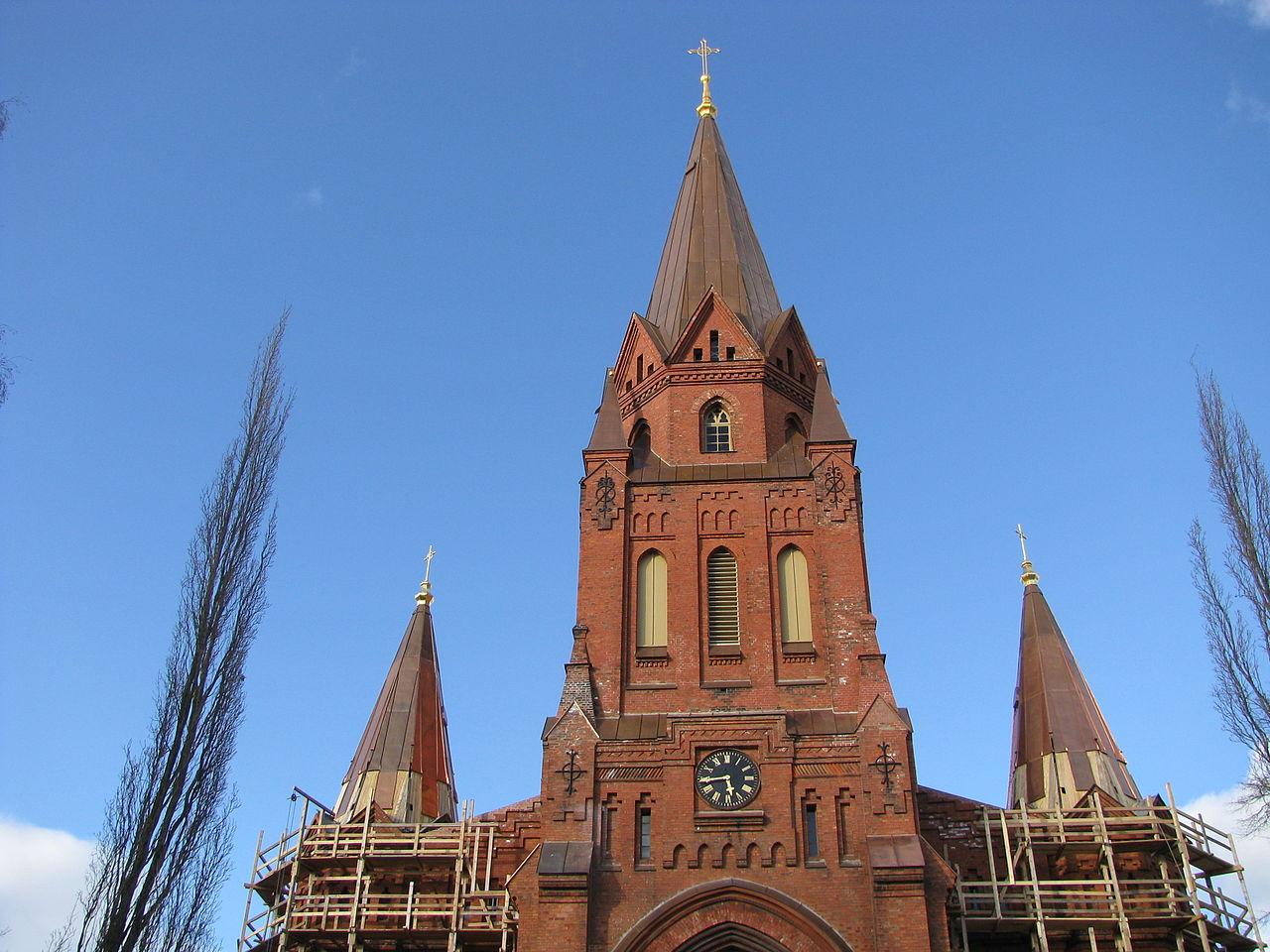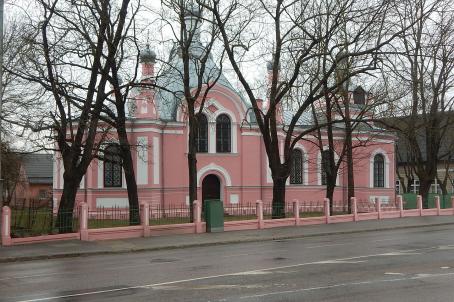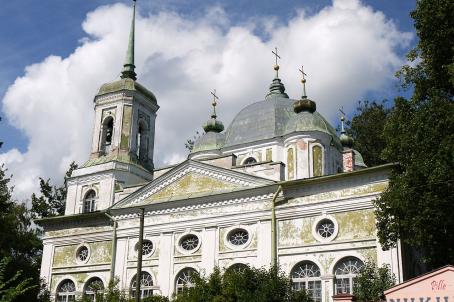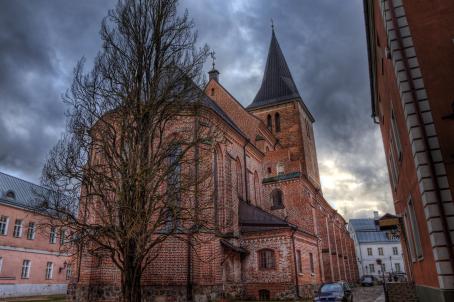St. Peter's Church
St. Peter's Church is a Lutheran church built in the neo-Gothic style between 1882 and 1884 according to the design of the architect Viktor Schröter. The church was finally completed in 1903 when the west tower and the spires of the towers were designed by the architect Georg Hellat. The interior of the church is also largely neo-Gothic, with an altar wall by Gustav Beermann (1900) and an altarpiece by Johann Köler (1897).






